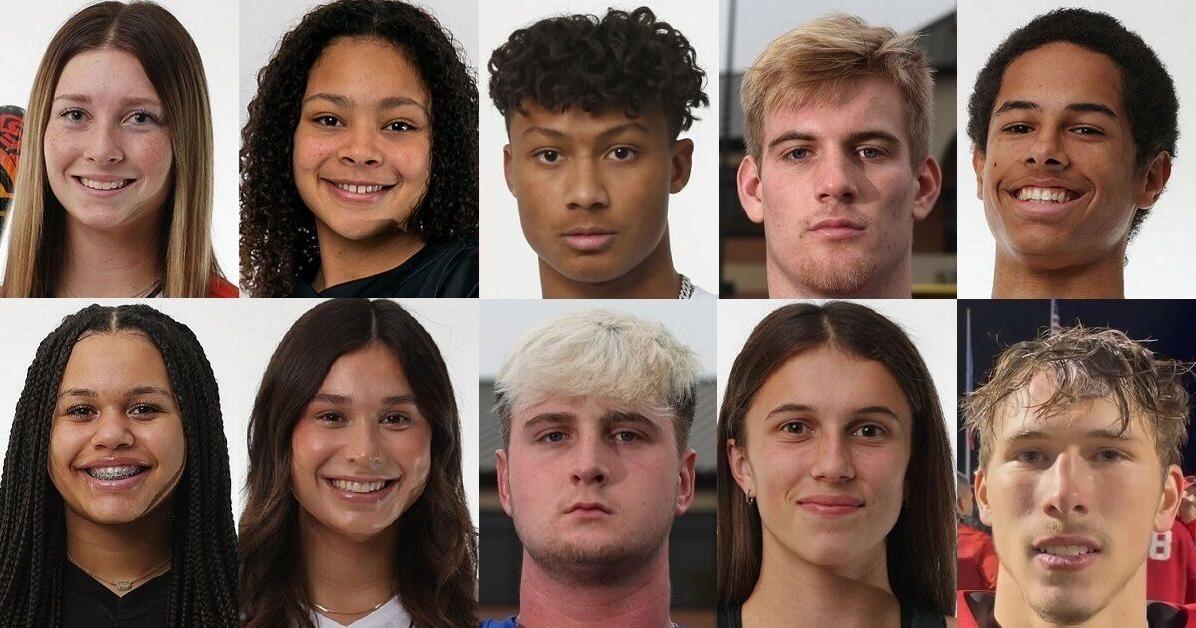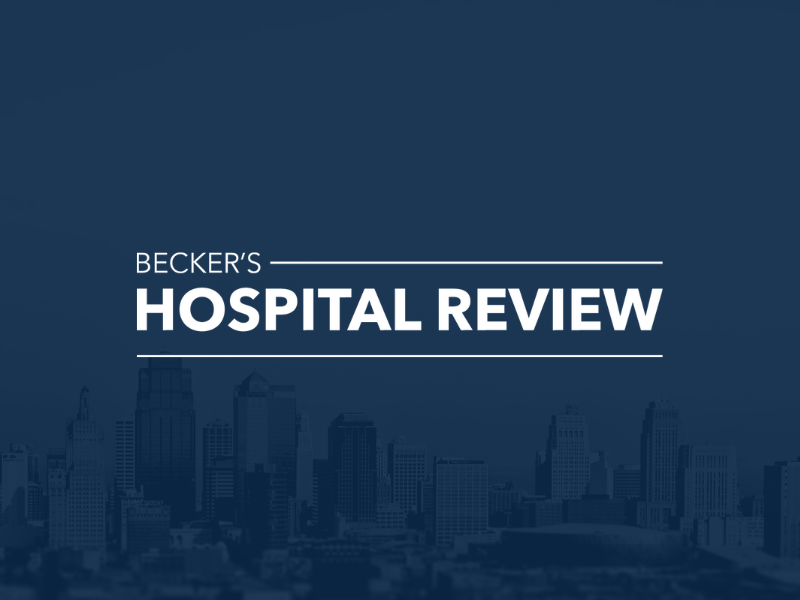- Tue. Apr 23rd, 2024
Latest Post
Microsoft’s Phi-3 mini: A Lightweight Language Model Delivering Advanced Capabilities While Prioritizing Ethical AI Development
Microsoft has recently unveiled a new lightweight AI language model called Phi-3 mini, which boasts 3.8 billion parameters trained on 3.3 trillion tokens. This latest edition offers similar performance to…
Tulsa World Honors Top Winter High School Athletes: Finalists Announced for Swimming, Wrestling, Basketball and More
The Tulsa World is once again honoring the top high school athletes in the Tulsa area with its All-World Awards for winter sports. Finalists for boys and girls swimming will…
Thinx Unveils New Reusable Period Underwear Line with Revolutionary LeakSafe Barrier Technology
Thinx is excited to announce the launch of their new line of reusable period underwear that includes their latest innovation, the LeakSafe Barrier Technology. This cutting-edge technology is available across…
UC San Diego Health and Tri-City Healthcare District Tackle Financial Struggles with Joint Power Agreement Discussions
Recently, there have been discussions about a joint power agreement between Tri-City Healthcare District in Oceanside, Calif., and UC San Diego Health. The agreement, initially expected to be completed by…
Maximizing Efficiency: Exploring the Impact of Technology on Legal Operations and Adopting Strategic Change Management Techniques
In the ever-evolving legal industry, technology plays a crucial role in shaping the future of legal operations. On May 15th, 2024 at 10:00 AM PDT, professionals will have the opportunity…
Empowering Communities: Northeast Health District Expands Resources for HIV Prevention and Opioid Overdose Prevention
The Northeast Health District has announced an expansion of resources available to local residents, including PrEP and naloxone. PrEP, which stands for “pre-exposure prophylaxis,” is an oral medication that reduces…
JPMorgan CEO: America’s Economy Thriving Despite Recession Concerns
At the Economic Club of New York, JPMorgan Chase CEO Jamie Dimon expressed his amazement at the current state of the US economy. He noted that it was booming and…
Cody W. Edwards Appointed Interim Dean of College of Science: A Testament to His Leadership and Research Excellence.
Cody W. Edwards has been appointed interim dean of the College of Science, effective July 1, by Interim Provost Kenneth Walsh. Walsh expressed confidence in Edwards’ abilities, citing his extensive…
Iowa Senator Joni Ernst Highlights Crawford County’s Thriving Small Business: The Cottage on Broadway
Iowa’s 99th Congress Senator Joni Ernst has recognized The Cottage of Crawford County as her Small Business of the Week. As Ranking Member of the Senate Small Business Committee, Ernst…
Victory for Labriola as Telecom Italia Re-elects Him as CEO, Plans to Sell Fixed Network Assets
Despite challenges from investment companies Merlyn Partners and BlueBell Capital Partners, Pietro Labriola was re-elected as CEO of Telecom Italia for a second term. This signifies strong support for the…




![[Webinar] The Transformative Power of Legal Technology in the Legal Industry – May 15th, 10:00 am PDT | Association of Certified E-Discovery Specialists (ACEDS)](https://jdsupra-static.s3.amazonaws.com/profile-images/og.15858_1446.jpg)